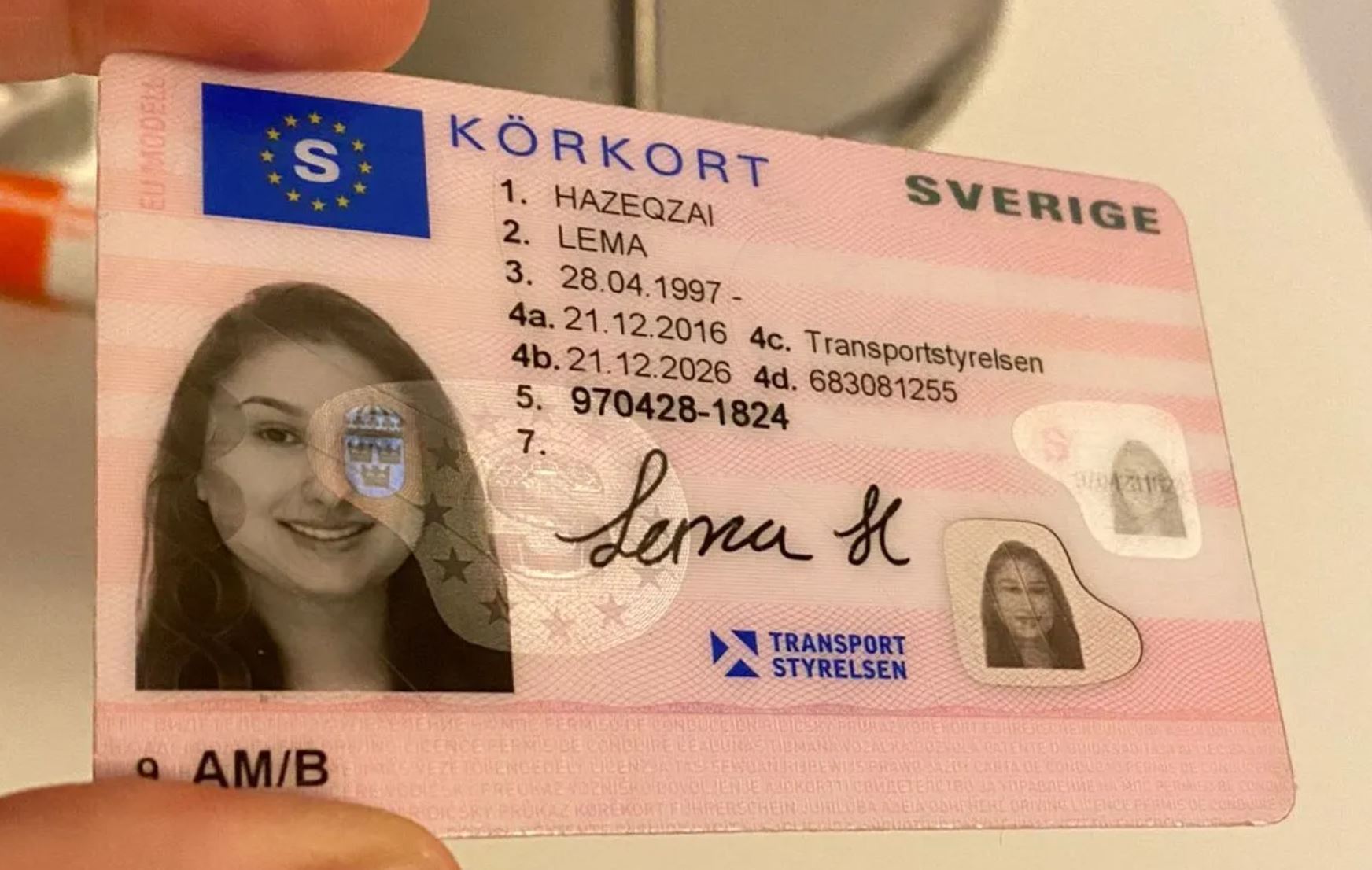Navigating the New Landscape of Driving License ID Handling in 2025
In every society, the driving license functions as a crucial file, not just as an evidence of the capability to operate a car however also as a recognition tool. As we enter 2025, considerable modifications have emerged regarding the handling and management of driving licenses, mainly affected by advances in innovation, progressing policies, and the need for enhanced security measures. This post intends to deliver a thorough summary of driving license ID dealing with in 2025, clarifying the innovations involved, the upcoming legal changes, and offering answers to common queries.
The Transition to Digital Driving Licenses
Among the most notable changes in driving license ID handling is the extensive adoption of digital driving licenses. Online Körkort are stored electronically on smartphones, providing multiple benefits to both motorists and authorities. In the United States, for circumstances, lots of states have begun executing digital driver's licenses, while countries such as Canada and the UK are expected to do the same quickly.
Key Benefits of Digital Driving Licenses
- Convenience: Easily available on mobile gadgets, getting rid of the requirement to bring physical copies.
- Enhanced Security: Incorporating biometric functions and file encryption assists to fight identity theft and scams.
- Real-time Updates: Immediate updates to individual details, such as modifications in address or status, enhance precision.
Difficulties and Concerns
In spite of the advantages, the shift to digital licenses presents obstacles, including issues about privacy, cybersecurity threats, and the digital divide impacting those without access to smartphones or the web.
Changes in Regulatory Framework
As we head into 2025, several guidelines surrounding driving licenses have actually come under analysis and transformation. Federal governments and regulatory bodies are focusing on guaranteeing that driving licenses are safe and secure, valid, and provided in compliance with established laws.
Secret Legislative Trends
- Standardized ID Formats: Countries are moving towards a standardized format for driving licenses to enhance recognition and enhance security.
- Increased Verification Procedures: Authorities are now utilizing advanced techniques such as facial acknowledgment and AI to enhance verification processes at checkpoints.
- Concentrate on Sustainability: With growing environmental issues, many states are selecting environmentally friendly materials for physical licenses and exploring robust digital options.
- Age and Identity Verification: Enhanced procedures are being put in location to precisely confirm the age and identity of chauffeurs, especially in contexts where age-related laws apply to driving.
The Global Perspective: State-By-State Comparison
| Country | Digital License Implementation | Existing Regulations | Noteworthy Features |
|---|---|---|---|
| United States | A number of states in development | Varies by state, efforts to combine formats | QR codes for simple validation |
| Canada | In pilot stages | Standardized identification throughout provinces | Integration with health IDs |
| UK | Early adoption stage | Emphasis on online renewal and info updates | Digital confirmation through the app |
| Australia | Under factor to consider | Significantly stringent recognition protocols | Focus on scams prevention |
The Role of Technology in ID Handling
Technology is transforming how driving licenses are managed. AI, blockchain, and biometrics are becoming essential to driving license issuance and confirmation.
Innovations Shaping the Future
- Artificial Intelligence: AI algorithms are now utilized for recognizing patterns in driving behaviors, which can notify insurance coverage premiums and legal ramifications.
- Blockchain Technology: Ensuring the integrity and credibility of driving license data, blockchain innovation permits for secure sharing of details between authorities without fear of tampering.
- Biometrics: Increasingly, biometric systems are implemented at the point of issuance and confirmation, such as facial recognition and fingerprint scanners, to make sure protected identity verification.
Possible Impacts of Emerging Technologies
The application of these innovations can result in enhanced reliability and security of driving IDs, but it raises concerns about information privacy and user authorization.
Frequently Asked Questions (FAQs)
1. What should I do if my digital driving license is lost or stolen?
You ought to immediately report the loss or theft to your regional motor car company. The majority of digital licenses have built-in functions to disable gain access to remotely.
2. Are digital driving licenses accepted all over?
Since 2025, approval of digital licenses varies by area. It's recommended to bring both digital and physical copies when taking a trip across state or nationwide borders.
3. Can I update my information on a digital driving license?
Yes, updates can frequently be made through the associated mobile application or site of the providing authority.
4. What are the security procedures for digital licenses?
Digital licenses usually include features such as encryption, two-factor authentication, and biometric confirmation to enhance security.
5. How will conventional driving licenses be impacted?
The move towards digital licenses might reduce the issuance of physical licenses, however they will still be offered for those unable to gain access to digital alternatives.
As we advance into a brand-new period in 2025, the handling of driving licenses is enhancing to fulfill the needs of modern-day society. Through technological advancements and regulative reforms, people can expect a more safe, effective, and streamlined procedure for obtaining and managing their driving licenses. However, as digital solutions proliferate, it stays important to address obstacles associating with personal privacy, security, and ease of access, making sure fair roadway gain access to for all drivers while securing personal details. As governments around the world continue to adjust to these modifications, the future of driving license ID handling is set to be both vibrant and transformative.

